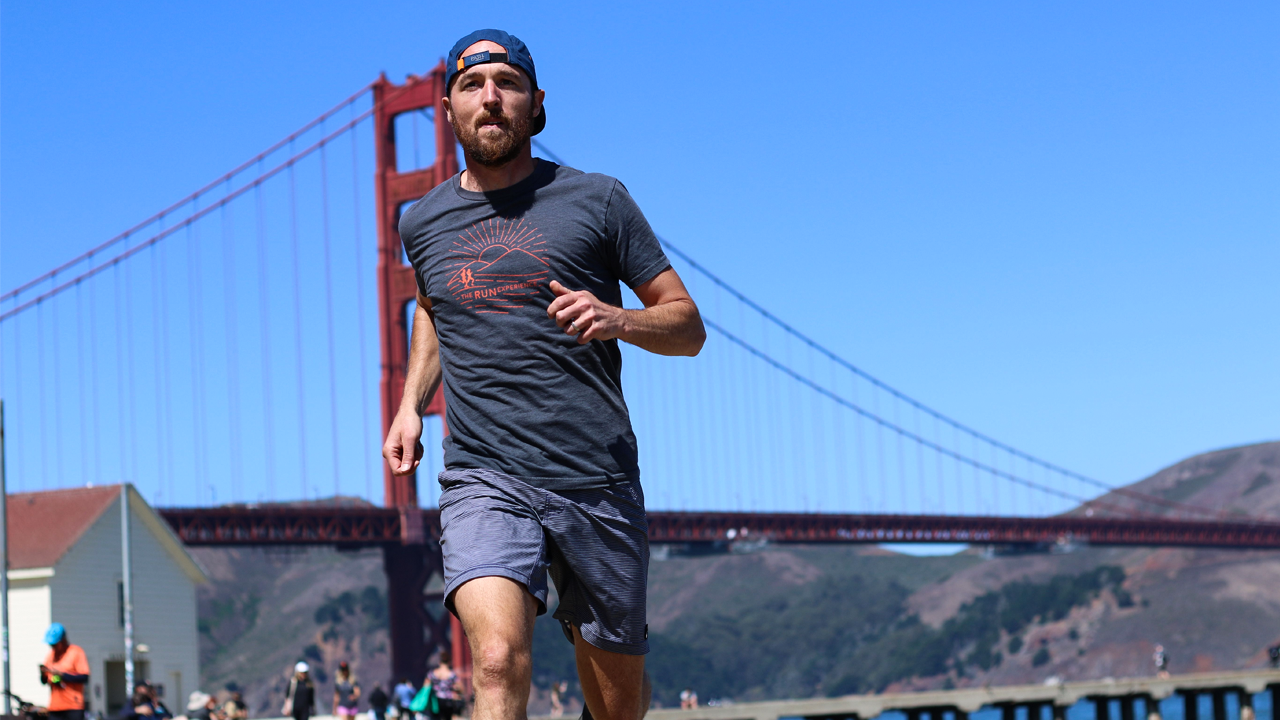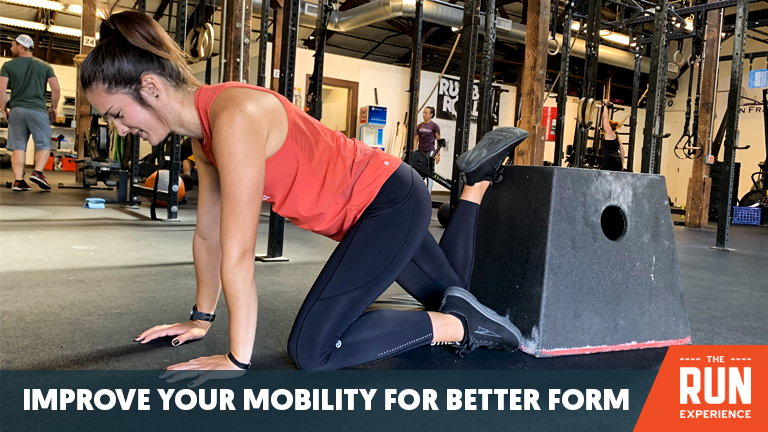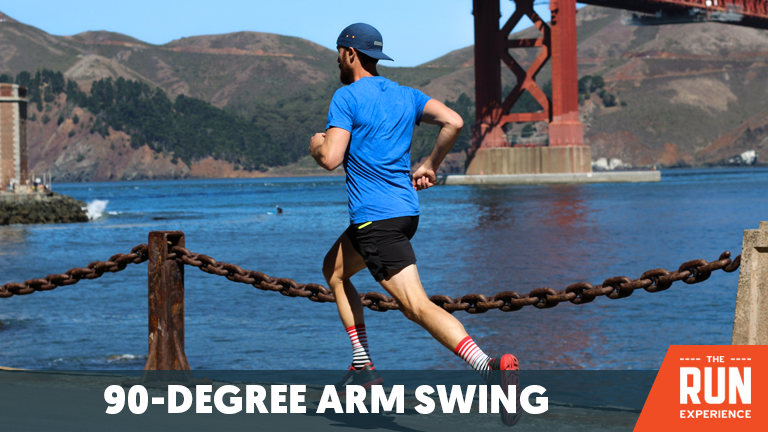Why Proper Running Technique Matters

Proper running technique is all about correct running form. It involves how you carry your body, how your foot strikes the ground, how your arms swing, and more. Having good running form impacts how fast you can run, and how long you can run without getting tired–so it’s critical for distance runners to focus on improving your running technique to be a strong, healthy runner and keep you injury-free.
Why Proper Running
Technique Matters
We could talk about good form all day, but we have videos for that too! So let’s learn about the do’s and don’ts of proper running from running Coach Nate that will set you up for success in the long run.
Think about how natural running is for kids. As adults, we literally have to tell them to stop running around the house or running at the pool. So, let’s think of running as a natural movement–we are born to run!
We see a lot of new runners try to achieve proper form when a running coach tells them to stop moving their body in a certain way. For example, maybe you have a funky arm swing–you can’t just force your body to stop moving that way without addressing other factors.
One of the reasons a runner might have a funky arm swing is because they are sitting hunched over a desk all day, the thoracic spine is stiff, the shoulders are internally rotated, and they might not have the core strength to carry their body properly. So, we need to address lifestyle factors such as weak back and shoulder muscles to help improve running form and technique.
Determine why your body has adapted to move that way by looking at your strength training, mobility, and how you move your body during the rest of the day.

Pro-tip: Your running shoes can affect your running technique. Visit your local running store where an expert can fit you in the best shoe and analyze how you run in each shoe to help you make the best decision.
Proper Running Form: Posture and Position
At The Run Experience, we like to focus on a top-down approach to running technique that starts with posture and position. It doesn’t mean you have to be a stiff robot. Focus on improving how you stand during the day. Think about a nice straight line from your ear, to your shoulders, to your hips, to your knees, down to your ankles. One of our favorite posture drills is to put your hands on your hips for a little bit of awareness and shift your hips back and forth. As you run, that little shift in weight will feel a bit like someone has a lasso around your hips and you’ll just slightly shift your hips forward to create good form.
Shoulder and Arm Swings
Focus on moving your arms back and forth with your elbows bent at roughly a 90-degree angle. Push your hips forward just a little bit to help keep your glutes engaged and position your hips and pelvis in a nice stable position. Otherwise, you’ll probably start to arch your back and promote slouching, which will mess up your arm swing and will promote back pain.

Pulling Mechanics
Now that you’re pushing through with your hips, we add pulling mechanics so you can start to recycle your stride, also referred to as cadence. You’ll be picking your heel up so you can put it back down on the group to prepare for the next stride.
Doing so shortens your stride to prevent overstriding, reduces vertical bounce so you don’t waste energy going up and down. It also engages your glutes, hamstrings, and quads so your form is stronger and more stable. It also keeps you light on your feet–which is especially important for long-distance runs to reduce your risk of injury and soreness.
Plus, if you do all these things your foot strike will pretty naturally land where it should–right underneath you. So, you won’t have to focus on how your foot lands or creating a forefoot strike.
Putting it All Together
Let’s review! With this top-down approach, position and posture is king – your hip flexors rocking back and forth slightly, your arms swinging at roughly a 90-degree angle. Focus on your hips being forward–when your hips are in a good position, your form is stable so you can focus on the pulling mechanics. This recycles your movement and improves your cadence.
Once you’ve done all these things, your feet should be landing light and relaxed right underneath you. You’ll be running efficiently and conserving energy, too!
Don’t Obsess with Your Foot Strike
Your foot is at the long end of a “kinetic whip”. The whipping action starts at the hips and the way your foot lands is simply a reflection of all the other things you’ve done along the posterior chain.
If you try to arbitrarily change where your foot hits the ground without focusing on the things further up in the chain won’t do you any favors. You’ll end up trading one injury for another and getting frustrated, so focus on what causes your foot to land where it does in the first place.
Now that you’re focusing on proper running technique, are you ready to develop a training plan that brings your running to the next level? Whether you’re getting ready for an upcoming race, trying to get in better shape, or looking finally lose those extra pounds, The Run Experience has tons of resources for you.
Have you downloaded our new mobile app? It’s loaded with workouts, videos, tips, and advice from expert coaches to keep you motivated every step of the way. Don’t forget to check out our range of training plans for runners of all levels, too!
